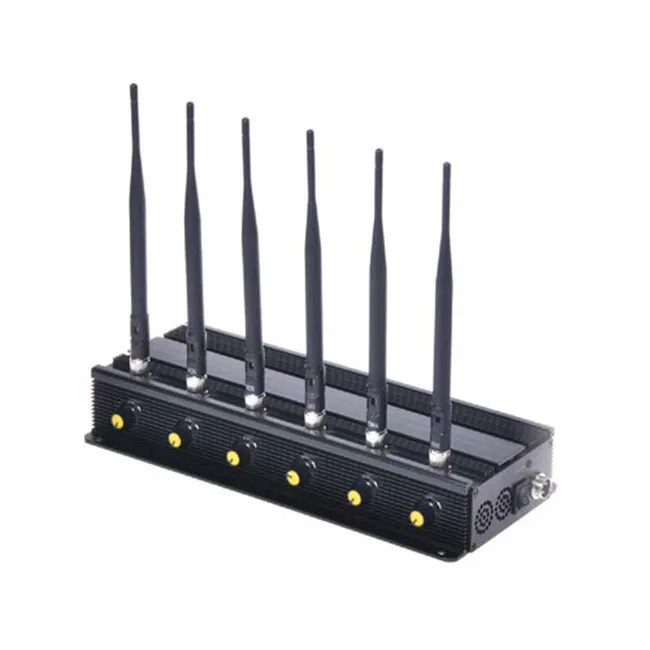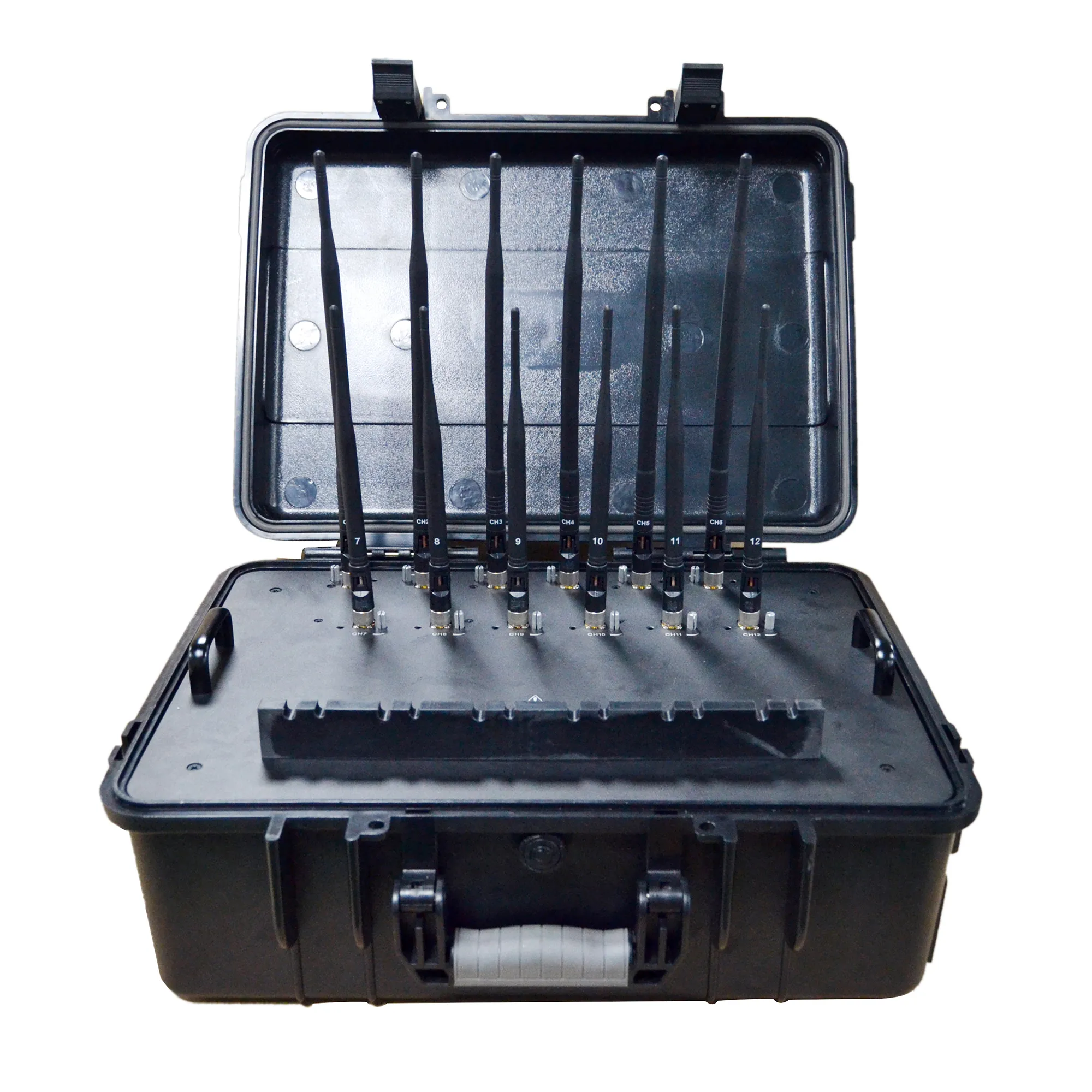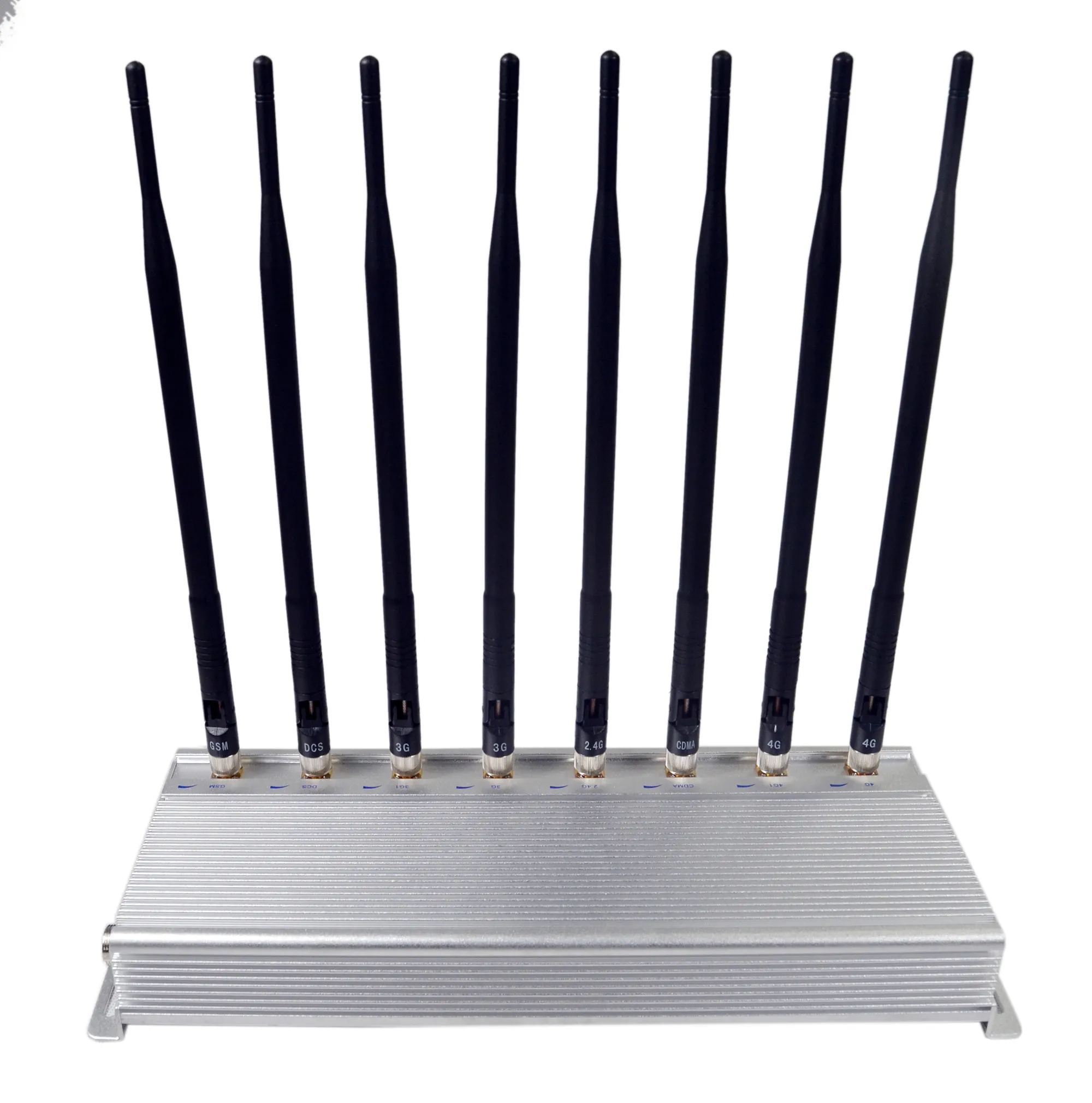In this context, navigation researchers are requesting GPS backups, and the National Institute of Physics and other institutions are taking steps to respond. Fortunately, backups are already by our side, and this idea has existed since the 1940s. Like GPS, it provides navigation and accurate time notification, which is enhanced LORAN (eLORAN). Basic LORAN (LORAN is short for long-range navigation), but the same as GPS, instead of ground-based satellite radio signals. It has no global coverage, but it can be better than GPS. LORAN is much stronger in wavelength than GPS signals, and it is almost impossible to be shielded by GPS Jammers.
The new version of eLORAN uses a more reliable transmitter and an improved cesium atomic clock. The software has also been modified, the error is about 10 meters, and the time is almost as accurate as GPS. Last said that in future receivers, users may even switch to eLORAN. In Europe, a team from the British National Lighthouse Association is testing eLORAN and recommending that the British government expand it. But in the United States across the Atlantic, the current LORAN service is about to close. So far, the US government has rejected all proposals to invest in eLORAN. The annual cost is about US$20 million, which is less than launching a GPS satellite. Jewelry said: "We hope people with vision and technical knowledge in the government can understand it."
GPS signals may no longer be needed in the next 20 to 30 years. If atomic clocks become cheaper, all you have to do is to embed them in the device itself that requires precise time. As for the navigation function, the IMU (Inertial Measurement Unit) will eventually track the movement from the starting point without any external signals. Currently, IMUs use gyroscopes to measure direction and accelerometers to measure speed. By using this information together with time information, acceleration can be converted into speed and distance, and relative position can be calculated without the need for GPS jammer equipment.
Currently, IMUs are large and expensive, traveling 1.5 kilometers per hour. But the Advanced Research Projects Department of the US Department of Defense plans to improve performance by using microchip-sized atomic clocks and similar small and accurate acceleration sensors. Although such safety nets have been introduced, the number of generations who do not understand life without GPS is increasing, and the number of jammers is also increasing. In addition, like San Diego, the chaos caused by GPS outages may be more frequent. GPS is considered vulnerable while unknowingly becoming a living infrastructure. It seems necessary to take urgent measures such as legal and technical measures.
















